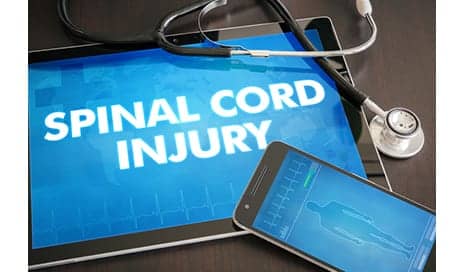A study published recently in the journal Brain provides evidence that cortical targets could be new therapeutic sites for helping to improve motor function after the occurrence of a spinal cord injury.
“I am excited to see that electrophysiology can be successfully used to guide interventions for recovery of function after spinal cord injury,” says Monica A. Perez, PT, PhD. associate professor, Department of Neurological Surgery and The Miami Project, in a media release from University of Miami Miller School of Medicine.
She and her colleagues performed the research that led to this suggestion.
In their study, the release explains, 180 pairs of noninvasive transcranial magnetic stimulation was used for 30 minutes over the hand representation of the primary motor cortex at an interstimulus interval mimicking the rhythmicity of descending late indirect (I) waves in corticospinal neurons (4.3 ms; late I-wave protocol) or at an interstimulus interval in-between I-waves (3.5 ms; control protocol) on separate days in a randomized order.
The team observed that the excitability of corticospinal projections to intrinsic finger muscles increased in SCI and uninjured participants after the late I-wave but not the control protocol for 30 to 60 minutes after the stimulation. In addition, they note, individuals with SCI were able to exert more force and electromyographic activity with finger muscles after the stimulation, showing an enhanced ability to grasp small objects with their hands, the release continues.
“This study is a major contribution to the realization of a powerful new class of rehabilitation therapies that can target beneficial plasticity to crucial sites in the nervous system. By taking advantage of recent scientific and technical advances, Dr Perez’s group produced beneficial change in the cortical circuitry and spinal connections underlying voluntary movement,” says Jonathan R. Wolpaw, MD, director of the National Center for Adaptive Neurotechnologies Albany, New York.
“This carefully conducted study provides several pieces of important information in developing strategies to improve function following spinal cord injury. They provide further evidence demonstrating rather clearly, contrary to years of dogma, that positive functional plasticity potential persists within the sensorimotor system for years after a spinal injury,” states Reggie Edgerton, PhD, UCLA Brain Research Institute, per the release.
[Source(s): University of Miami Miller School of Medicine, Science Daily]





